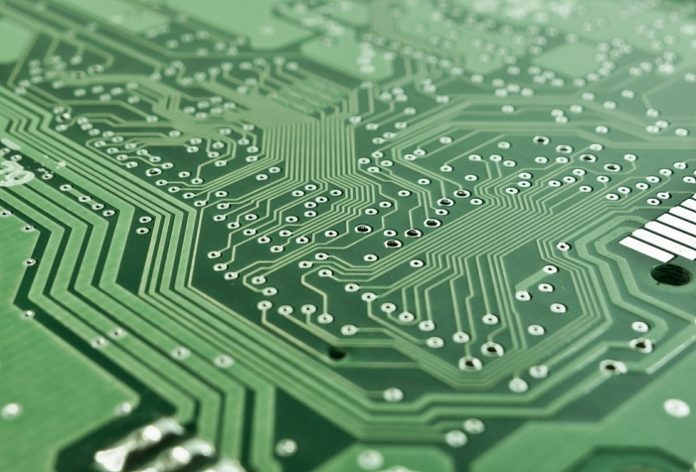Source – https://www.eletimes.com/
Think of them as master Lego builders, only at an atomic scale. Engineers at CU Boulder have taken a major step forward in combing advanced computer simulations with artificial intelligence to try to predict how electronics, like the transistors in your cell phone, will fail.
In the latest study, researchers mapped out the physics of small building blocks made up of atoms, then used machine learning techniques to estimate how larger structures created from those same building blocks might behave. It’s a bit like looking at a single Lego brick to try to predict the strength of a much larger castle.
It’s a pursuit that could be a boon for the electronics that underpin our daily lives, from smartphones and electric cars to emerging quantum computers. One day, engineers could use the team’s methods to pinpoint in advance weak points in the design of electronic components.
The project is part of a larger focus on how the world of very small things, such as the wiggling of atoms, can help people build new and more efficient computers—even ones that take their inspiration from human brains. Artem Pimachev, a research associate in aerospace engineering at CU Boulder, is a co-author of the new study.
Rather than wait for years to figure out why devices fail, our methods can give us a priori knowledge on how a device is going to work before we even build it.
Heating up
Their latest research focuses on a big sticking point in the electronics industry: Hotspots.
And, no, that doesn’t mean the mobile WiFi hookups. Most modern computing tools carry a large number of imperfections––small defects in electronic components that cause heat to build up at certain sites, a bit like how a bicycle slows down when you ride over rough terrain. Such “hotspots” also make your smartphone a lot less efficient.
The problem is that engineers drawing on computer simulations, or models, struggle to predict ahead of time where those weak points are likely to turn up.
We can use physics models to understand systems with approximately 100 atoms in them. But that doesn’t compare to the billions of atoms in these devices.
From atoms to devices
Think back to those individual Lego bricks, which, in this case, are clumps of 16 silicon and germanium atoms, the main ingredients in many computer components.
In the new study, researchers developed a computer model that uses artificial intelligence to learn the physical properties within those building blocks—or how atoms and electrons come together to determine the energy landscape within a material. The model can then extrapolate from those basic blocks to estimate the distribution of energy in a much larger chunk of atoms.
It collects information from each individual unit and combines them to predict the final properties of the collective system, which can be made up of two, three or more units.
The team still has a long way to go before it can pinpoint all of the potential weak points in a device the size of your phone. But, so far, the group’s model has proved effective.
The researcher is also drawing on her understanding of how heat and energy flow at very small scales to not just improve existing devices, but also help create the devices of the future.
What I want to do is poke at this world of atoms in your handheld device and understand how materials and electronics come together to make a device work.
